Dent to the reserves: Pakistan repays $146.6 million to IMF
Central bank has already tapped foreign reserves to stop rupee’s slide.
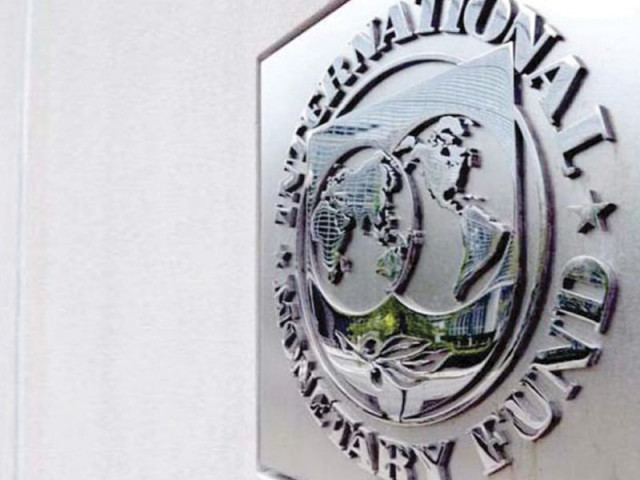
In the current fiscal year, the IMF will disburse about $2.2 billion and the government will return about $3.1 billion under the 2008 programme. PHOTO: FILE
Amid belated and desperate attempts by the State Bank of Pakistan to stop the rupee’s slide against the US dollar, Pakistan on Friday returned $146.6 million to the International Monetary Fund as part of a repayment programme for a $7.8 billion loan package.
It was the 20th tranche to repay the IMF loan that was taken in November 2008 to avert a balance of payments crisis. With the fresh repayment, the country has paid back over $720 million in the current fiscal year. Overall, it has returned over $5.2 billion to the IMF.
Now, net flows from the IMF have turned negative unlike the expectations of the government that had hoped for receiving at least an equal amount from the lender, if not more, under a new $6.7 billion Extended Fund Facility (EFF).
The government received the first tranche of $547 million in early September under the three-year EFF. The next tranche depends on a successful completion of the first review of the programme, by the end of November or early December.
In the current fiscal year, the IMF will disburse about $2.2 billion and the government will return about $3.1 billion under the 2008 programme.
However, as widely expected, the repayments are taking a heavy toll on the foreign currency reserves, held by the central bank. Gross foreign currency reserves held by the central bank have dropped to $4.928 billion.
The SBP has not released the reserves position after making fresh repayment, but these are expected to have come down to about $4.7 billion. Pakistan will repay the next tranche to the IMF early next month.
According to reports, the SBP has once again used its reserves to stem the rupee’s decline against the greenback, which will further deplete the reserves. It is the first such intervention in the market after entering the new IMF programme that bars the central bank from stepping in to spur the rupee.
The SBP once again used the window of forward contracts and asked commercial banks to pump dollars into the spot market. The central bank would return the amount to the banks afterwards, but the exact amount was not yet known. The SBP’s response in this regard was still awaited.
In the face of SBP intervention, the rupee appreciated to 105.126 against a US dollar in the interbank market whereas in the open market the exchange rate fluctuated from 108 to 109.
Before the intervention, the rupee had slumped to a record 111 against the dollar in the open market and in the interbank market it stood around 108.
In the last fiscal year alone, the SBP used $3.5 billion to shield the local currency, which appeared to be a mismanagement of the foreign currency reserves. The foreign exchange used to defend the rupee was about three-fourth of the reserves depleted in the last financial year.
Owing to heavy reliance on borrowing to build the reserves and their consumption to defend the rupee, the IMF has asked the SBP to scale back such activities. It has said that instead of throwing dollars there should be net purchases of the greenback to build the reserves.
Similarly, the IMF has also placed a ceiling on the SBP’s forward position and capped it at June-end level of $2.255 billion. As part of the performance criterion, the cap will remain the same for the end of September.
However, in the next three months, the SBP has to return $250 million to commercial banks that it borrowed under forward contracts.
The net forward position should be reduced to $1.755 billion by the end of this fiscal year, according to the IMF.
The reluctance of exporters to bring home their export proceeds within the stipulated time, in the hope of exchanging dollars at higher rates, has also increased pressure on the rupee, according to market analysts.
Published in The Express Tribune, September 28th, 2013.
Like Business on Facebook, follow @TribuneBiz on Twitter to stay informed and join in the conversation.

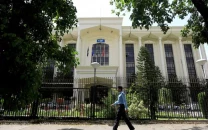


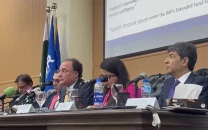


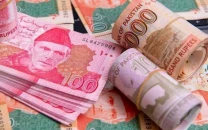

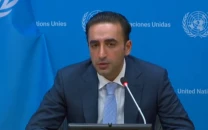
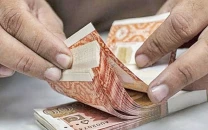






COMMENTS
Comments are moderated and generally will be posted if they are on-topic and not abusive.
For more information, please see our Comments FAQ